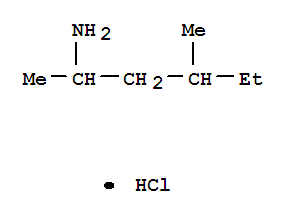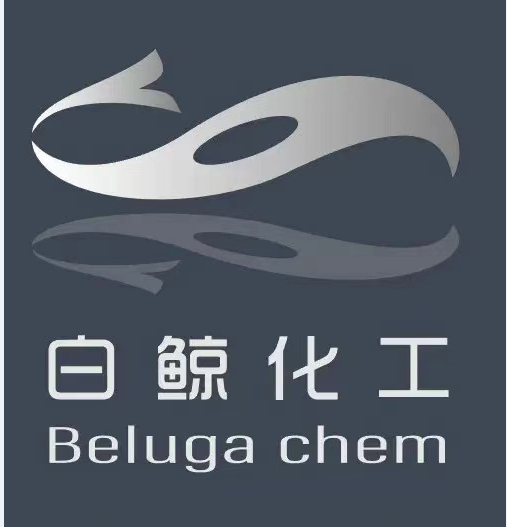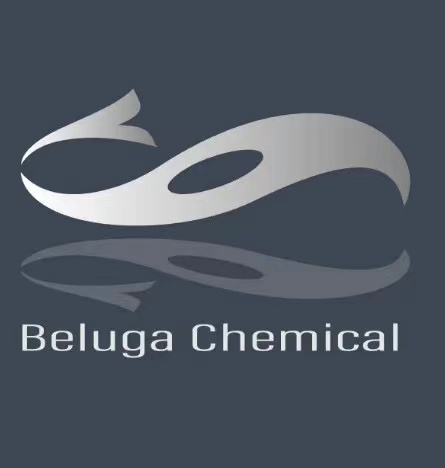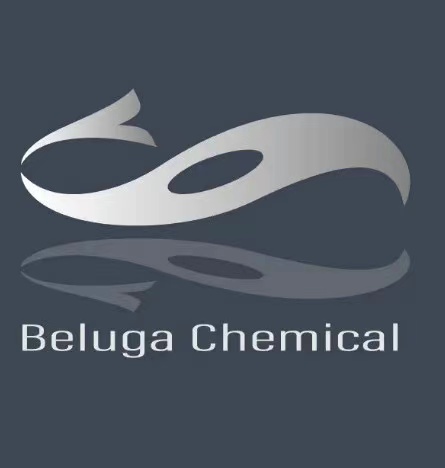
4-Methyl-2-hexylamineHydrochloride 13803-74-2
- CasNo:13803-74-2
- Molecular Formula:
- Purity:
- Molecular Weight:
Product Details
13803-74-2 Properties
- Molecular Formula:C7H17N.HCl
- Molecular Weight:151.68
- Melting Point:128.0 to 132.0 °C
- Boiling Point:183.7 °C at 760 mmHg
- Flash Point:64.9 °C
- PSA:26.02000
- LogP:3.27210
13803-74-2 Usage
Uses
1,3-Dimethylpentylamine is useful in composition in treating hypertrophied and hyperplastic gums which showed a significant reduction in swelling.
Description
1,3-Dimethylpentylamine is a pseudo-adrenergic drug introduced by Lilly Company in the United States in the mid-1940s under the trade name Forthane. 1,3-dimethylpentylamine and its hydrochloride have obvious curative effects in the treatment of nasal congestion and gingival hyperplasia, and are much less stimulating to the mind than pseudoephedrine and amphetamine, and their unique pharmacological advantages cause attached great importance to the experts.
Chemical Properties
White Solid
Uses
Methylhexanamine (hydrochloride) is a simple aliphatic amine that was once marketed as a nasal decongestant (Forthane) but is now sold as a bodybuilding supplement (Floradrene, Geranamine). It is also sold as a mild stimulant in the form of party pills and has been reported to cause cerebral hemorrhage in a case report. While little is known about its mode of action, methylhexanamine interferes in immunoassays for amphetamines, presumably because of the common ethylamine structure. This compound is intended for forensic or research purposes.[Cayman Chemical]
Uses
1,3-Dimethylpentylamine is useful in composition in treating hypertrophied and hyperplastic gums which showed a significant reduction in swelling.
Biochem/physiol Actions
Methylhexanamine is a naturally substance isolated from Pelargonium graveolen. It is a component of geranium oil. Methylhexanamine is a sympathomimentic that increase levels of norepinephrine in the synaptic cleft.
Synthesis
At room temperature, 800 mL absolute ethanol was added into a 2 L three neck flask, stirred, and 35.38 g (1.538 mol) of metal sodium was added in batches to obtain a colorless transparent liquid. Cool slightly, add 200g (1.537 rnol) of ethyl acetoacetate, continue heating slowly, and add 232g (1.693 mol) of 2-bromobutane drop under weak reflux. Continue heating and react for 8 h at 80~84 ℃. Stop heating, cool naturally to room temperature, leave it still, filter by suction, and concentrate the yellow green filtrate under reduced pressure to obtain 241.4 g of 1,3-Dimethylpentanamine Hydrochloride with light yellow viscous solid in 84.3% yield.








